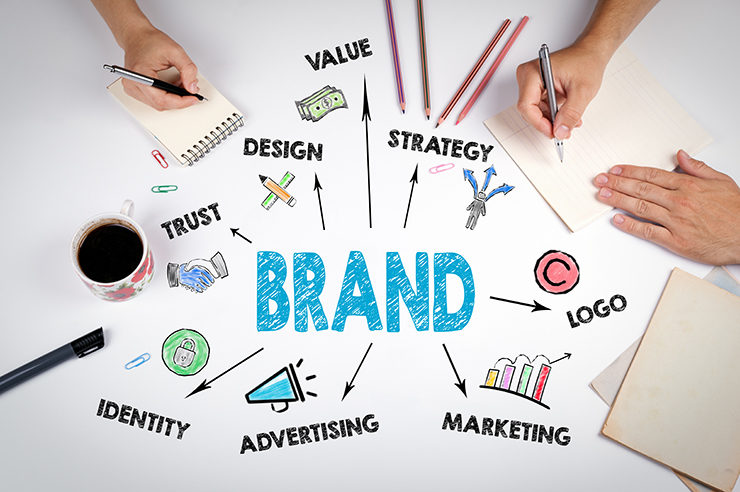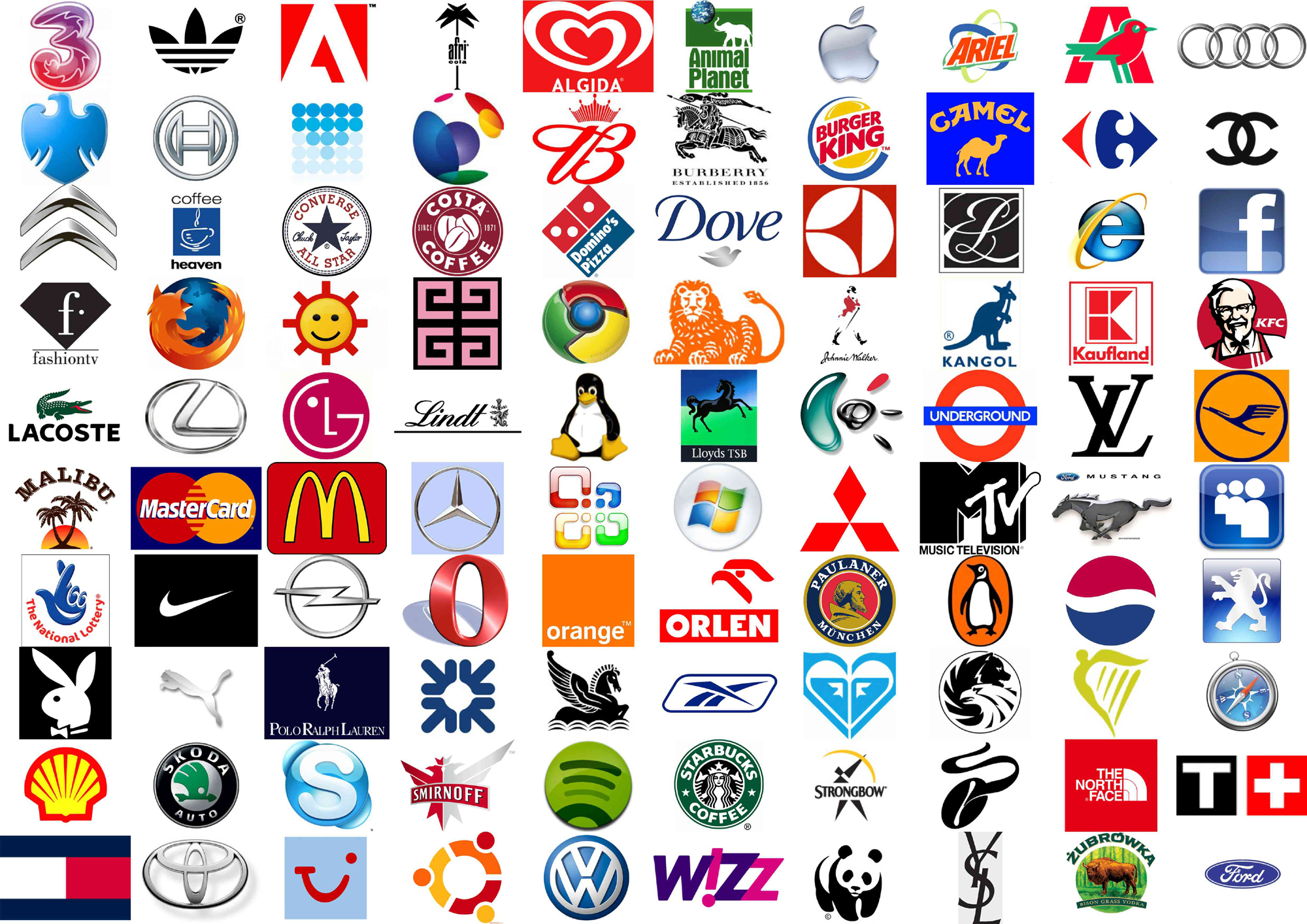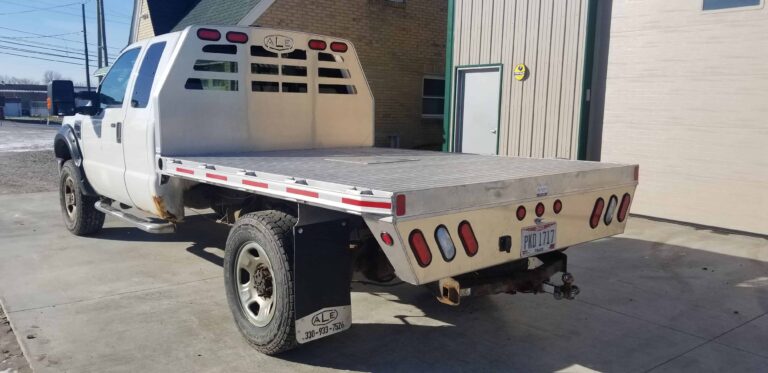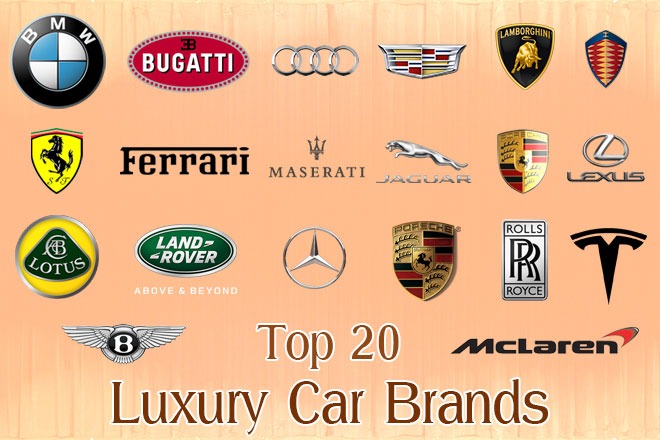Brand New Cars For $10,000: The Quest for the Ultra-Affordable New Vehicle
Brand New Cars For $10,000: The Quest for the Ultra-Affordable New Vehicle cars.truckstrend.com
The allure of a brand new car is undeniable: that fresh car smell, the peace of mind of a full warranty, and the knowledge that you’re the first owner. For many, the dream of driving a new vehicle is tempered by the often-staggering price tags attached to modern automobiles. This leads to a frequently asked question: are there brand new cars available for $10,000?
In today’s automotive landscape, the idea of purchasing a truly brand new car for $10,000 can feel like a quest for a unicorn. Vehicle prices have steadily risen due to advancements in technology, stricter safety regulations, increased manufacturing costs, and global supply chain challenges. While this price point was once conceivable for bare-bones models decades ago, it has become exceedingly rare, if not outright impossible, in most developed markets like North America, Europe, and Australia.
Brand New Cars For $10,000: The Quest for the Ultra-Affordable New Vehicle
This comprehensive guide delves into the realities of searching for a brand new car at this ultra-low price point. We’ll explore what such a vehicle would entail, why it’s so challenging to find, what you might realistically expect, and what practical alternatives exist for individuals operating with a strict $10,000 budget for their next vehicle. Our aim is to provide clarity and actionable insights for anyone navigating this particularly challenging segment of the car market.
The $10,000 New Car Reality Check: A Market Snapshot
Before diving into specifics, it’s crucial to understand the current economic and automotive climate. The average price of a new car in many Western countries now hovers around $40,000 to $50,000. This stark reality immediately highlights the monumental challenge of finding a vehicle at a quarter of that average cost.
Why is $10,000 for a New Car a Rarity?
- Manufacturing Costs: Producing a car involves significant costs for raw materials (steel, aluminum, plastics, rare earth minerals), labor, energy, and sophisticated machinery. Even the simplest vehicle has a fundamental cost floor.
- Safety Regulations: Modern cars must adhere to rigorous safety standards, including multiple airbags, anti-lock brakes (ABS), electronic stability control (ESC), and crumple zones. These features, while essential for occupant protection, add considerable expense.
- Mandatory Technology: Many countries now mandate features like rearview cameras, tire pressure monitoring systems (TPMS), and increasingly, advanced driver-assistance systems (ADAS) in newer models. While basic at $10,000, some tech is unavoidable.
- Research & Development (R&D): Billions are spent on designing, testing, and engineering new vehicles, and these costs are amortized across the vehicles sold.
- Inflation and Supply Chain: Global economic inflation and disruptions to supply chains have pushed prices up across all industries, including automotive.
- Dealer Markups, Destination Charges, Taxes, and Fees: The Manufacturer’s Suggested Retail Price (MSRP) is rarely the final price. Destination charges (for shipping the car to the dealership), dealer preparation fees, sales tax, and registration fees can easily add thousands of dollars to the base price, pushing even a sub-$10,000 MSRP well over the budget.

In essence, a new car for $10,000 would represent the absolute bare minimum required to meet modern safety and operational standards, stripped of almost every convenience and luxury feature.

What to Expect (Theoretically) from a $10,000 New Car
If such a vehicle were to exist and be widely available, what kind of car would it be?
- Size and Body Style: It would almost certainly be an ultra-compact city car or a micro-hatchback. Think tiny, two-door or four-door vehicles designed for urban commuting, with limited cargo space and seating for perhaps two adults comfortably, and two more in a pinch.
- Engine and Performance: Expect a very small, fuel-efficient engine, likely a 1.0-liter to 1.5-liter three-cylinder or four-cylinder unit. Horsepower would be minimal (perhaps 60-90 hp), focusing entirely on economy over performance. Acceleration would be slow.
- Transmission: Manual transmission would be standard to keep costs down. An automatic option, if available, would significantly increase the price.
- Features and Amenities: This is where the cost-cutting would be most evident.
- Windows: Manual crank windows would be typical.
- Locks: Manual door locks (no remote key fob).
- Air Conditioning: Might be an optional extra, or very basic.
- Infotainment: A simple AM/FM radio with two speakers, perhaps a basic USB port. No touchscreen, no Apple CarPlay/Android Auto.
- Seating: Basic cloth seats, no power adjustments, possibly no height adjustment for the driver.
- Wheels: Steel wheels with hubcaps.
- Safety Features: Standard airbags (front, side), ABS, and ESC would be present due to mandates, but advanced features like blind-spot monitoring, lane-keeping assist, or adaptive cruise control would be entirely absent.
- Materials: Interior materials would be hard plastics, durable but not aesthetically pleasing.
- Market Availability: Such cars are primarily found in emerging markets (e.g., parts of India, China, or South America) where manufacturing costs and consumer expectations differ significantly from developed nations. Even in these markets, inflation has pushed many entry-level models beyond the $10,000 mark.

The "Almost There" Strategy: Getting as Close as Possible
For those absolutely committed to a new car at or near the $10,000 mark, here’s the strategy:
- Target the Absolute Base Trim: Never look beyond the entry-level model. Any upgrades, even minor ones like power windows or a better stereo, will push the price beyond your budget.
- Seek Out Deep Manufacturer Incentives: This is your best hope. Towards the end of a model year, or when a manufacturer is discontinuing a model or a specific trim, they might offer significant cash-back incentives or very low APR financing deals. These deals could potentially bring a car with an MSRP of, say, $13,000-$14,000 down closer to the $10,000 mark, before taxes and fees.
- Explore Remaining Stock of Discontinued Models: If a specific entry-level car is being phased out, dealerships might be eager to clear remaining inventory with aggressive pricing.
- Be Prepared for Limited Options: You won’t have a choice of color, features, or even transmission. You’ll take what’s available at the deepest discount.
- Factor in All Fees: Always ask for the "out-the-door" price. This includes destination charges, dealer prep fees, sales tax, and registration. These can add $1,500 to $3,000 or more to the sticker price, quickly pushing a $10,000 car over budget. A $9,000 MSRP could easily become $11,000-$12,000 after all charges.
Practical Advice: For most consumers in developed countries, aiming for a new car under $10,000 requires extreme luck, perfect timing with manufacturer incentives, and a willingness to accept the most basic vehicle imaginable. It’s more realistic to consider the lowest-priced new cars on the market (e.g., Mitsubishi Mirage, Nissan Versa), whose base MSRPs start closer to $16,000-$18,000, and hope for a combination of incentives and a dealer willing to negotiate a slim margin, which might bring the effective price slightly closer to $15,000, still well above $10,000.
Beyond the Sticker Price: Total Cost of Ownership
Even if you miraculously find a new car for $10,000, consider the total cost of ownership:
- Insurance: Depending on your age, driving record, and location, insurance costs can be significant. Get quotes before you buy.
- Fuel Economy: Generally, these cars are very fuel-efficient due to their small engines, which is a major benefit.
- Maintenance: Basic maintenance (oil changes, tire rotations) will be inexpensive. However, repairs on very niche or imported ultra-low-cost vehicles could be challenging if parts are not readily available.
- Depreciation: While the initial cost is low, these vehicles can depreciate rapidly in percentage terms, although the absolute dollar amount lost will be less than on a more expensive car.
- Reliability: Simpler cars often have fewer complex systems to break, potentially leading to good reliability.
Practical Alternatives and Considerations for a $10,000 Budget
Given the extreme difficulty of finding a truly brand new car for $10,000, it’s essential to explore more realistic options for someone with this budget.
-
Used Cars: The Most Realistic Option:
- For $10,000, the used car market offers a vast array of reliable and well-equipped vehicles that are just a few years old. You could find a compact sedan (like a Honda Civic or Toyota Corolla), a small SUV, or even a mid-size sedan from 5-8 years ago with decent mileage.
- Benefits: More features, better comfort, potentially more power, and a wider selection.
- Considerations: No new car warranty (though certified pre-owned options exist), potential for unforeseen repairs, higher mileage. Always get a pre-purchase inspection.
-
Stretching the Budget Slightly:
- If you can push your budget to $12,000-$15,000, a few entry-level new cars become theoretically accessible after potential incentives, though still very basic. The Mitsubishi Mirage and Nissan Versa are often cited as the cheapest new cars in the U.S. market, but their MSRPs are still well above $10,000.
- This slight increase in budget opens up possibilities for a more modern, safer, and comfortable vehicle with a full factory warranty.
-
Public Transportation/Ride-Sharing:
- If a car isn’t an absolute necessity for daily life, consider if public transport, biking, or ride-sharing services could meet your needs, saving you the significant costs of car ownership.
-
Motorcycles/Scooters:
- For individual urban transport, a new motorcycle or scooter can be purchased for under $10,000, offering excellent fuel economy and maneuverability, though with different safety considerations and weather limitations.
Illustrative Price Table: What a $10,000 New Car Might Look Like (Hypothetical)
This table outlines the characteristics of a hypothetical brand new car available for $10,000 in very specific, limited scenarios, or as a representation of the absolute bare minimum vehicle. Please note: Finding a car that perfectly fits these specifications and price point in major Western markets today is highly unlikely.
| Characteristic/Model Type | Estimated MSRP (Pre-Incentive, Hypothetical) | Key Features (Bare Minimum) | Target Market/Availability | Pros | Cons |
|---|---|---|---|---|---|
| Ultra-Compact City Car (e.g., "Generic Micro-Hatch") | $9,999 (rarely includes destination/fees) | 1.0L 3-cyl engine (60-70hp), 5-speed manual, 4-seater, manual windows/locks, basic AM/FM radio, steel wheels, ABS, 2-4 airbags. No power steering/AC optional. | Extremely limited; developing markets, or rare, deep dealer/manufacturer clearance on discontinued models in developed markets. | Extremely low initial cost, excellent fuel economy, very easy to park, simple mechanics. | Very basic, minimal comfort, limited safety features beyond mandated, slow acceleration, loud cabin, poor highway performance, difficult to find. |
| Entry-Level Sedan (Base Trim, Post-Incentive Example) | $12,000 – $14,000 (Reduced to $10k after significant manufacturer incentives) | 1.4L 4-cyl engine (80-90hp), 5-speed manual, 5-seater, manual windows/locks, basic radio, steel wheels, ABS, 4-6 airbags, maybe optional basic AC. | Specific manufacturer promotions (e.g., end-of-year clearance on a model being replaced) in developed markets. | Slightly more space than a micro-car, potentially better highway stability, full new car warranty. | Still very basic, incentives are not guaranteed, often doesn’t include destination/fees, still hard to get to true $10k ‘out-the-door’. |
Important Note: The "Estimated MSRP" above is a theoretical base price. The actual "out-the-door" price for any new vehicle will always be higher due to mandatory destination charges, sales taxes, registration fees, and other potential dealer fees. These additional costs would likely push any sub-$10,000 MSRP well above the $10,000 budget.
Frequently Asked Questions (FAQ)
Q1: Are there any brand new cars truly available for $10,000 in the USA or Canada today?
A1: It is extremely unlikely. While a car’s MSRP might theoretically dip close to that price with aggressive, rare incentives, the "out-the-door" price (including destination charges, taxes, and fees) will almost certainly push it well over $10,000. The cheapest new cars generally start at MSRPs closer to $16,000-$18,000 before any additional costs.
Q2: What’s the cheapest new car model I can buy in most developed markets?
A2: In the U.S. and Canada, the Mitsubishi Mirage (hatchback) and Nissan Versa (sedan) are consistently among the lowest-priced new cars, but their base MSRPs are typically in the $16,000-$18,000 range.
Q3: What kind of features can I expect from a new car if I could find one for $10,000?
A3: Expect the absolute bare minimum: manual windows and locks, a very basic radio (no touchscreen, no Apple CarPlay/Android Auto), steel wheels, a small, low-powered engine, and a manual transmission. Air conditioning might be an optional extra, if available at all. Safety features would be limited to those mandated by law (e.g., airbags, ABS, stability control).
Q4: What are the "hidden costs" that push the price of a cheap new car above its advertised MSRP?
A4: The main hidden costs are destination/delivery charges (for shipping the car to the dealer), sales tax (which varies by state/province), registration and license plate fees, and sometimes dealer documentation or preparation fees. These can add anywhere from $1,500 to $3,000+ to the final price.
Q5: Is it better to buy a used car for $10,000 than try to find a new one?
A5: For most consumers, buying a used car for $10,000 is a far more realistic and often better value proposition. You can typically find a much larger, more comfortable, better-equipped, and more powerful vehicle that is only a few years old, compared to the non-existent or extremely basic new car at that price point.
Q6: Can I get financing for a $10,000 new car?
A6: Yes, but financing a very low amount can sometimes be challenging for lenders, as their profit margins on such small loans are minimal. Interest rates might also be less favorable than for larger loan amounts.
Conclusion: The Realistic Pursuit of Affordable Transportation
The dream of a brand new car for $10,000 is, for most people in major global automotive markets, largely a relic of the past or a concept limited to very specific developing economies. The realities of modern manufacturing, safety standards, technology integration, and economic inflation have simply pushed the baseline cost of a new vehicle beyond this ultra-low price point.
While the quest for such a deal might occasionally yield a rare, heavily incentivized base model that approaches the $10,000 mark (before taxes and fees), it requires immense patience, flexibility, and a willingness to accept a vehicle stripped of almost all modern conveniences.
For the vast majority of individuals with a $10,000 budget for their next vehicle, the most practical, value-driven, and realistic solution lies in the robust used car market. Here, your budget can secure a reliable, comfortable, and often well-equipped vehicle that will serve your transportation needs far better than the theoretical "brand new car for $10,000" could ever hope to. Understanding these market realities is the first step toward making an informed and satisfying vehicle purchase decision.





